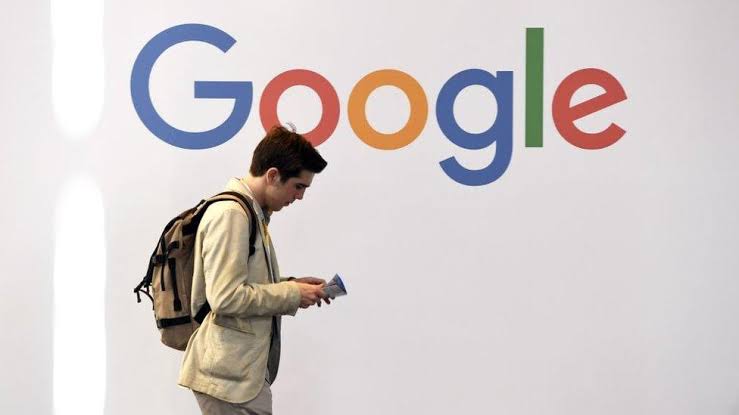Former Google engineers are pushing the boundaries of AI-driven creativity with a tool that can produce surreal, character-led “brainrot” videos at the click of a button, sparking debates over innovation, culture, and copyright in the digital age.
OpenArt, founded in 2022, has rolled out its new “One-Click Story” feature, allowing anyone to create one-minute animated videos from a simple prompt—be it a sentence, image, or song. The result? Wild, meme-heavy clips featuring anything from dancing dolphins in business suits to robots rapping over Afrobeats.
Breaking Down the Technology
At the core of OpenArt’s new feature is an integration of over 50 AI models, including heavyweights like DALLE-3, GPT, Imagen, and Stable Diffusion. This combination allows for narrative consistency—characters remain the same throughout the video, a challenge for many current AI tools.
Users can choose between Character Vlog, Music Video, and Explainer templates. A storyboard mode gives creators the option to fine-tune scenes, while future updates promise character interaction features and a mobile app.
The company operates on a credit-based subscription model, with prices starting from $14 per month. Having raised $5 million in funding, OpenArt now counts over 3 million monthly active users and is targeting $20 million in annual revenue.
For content creators, especially in emerging markets, OpenArt could be transformative. African digital creatives—often operating without access to high-end production tools—could leverage this platform to produce professional-quality videos with minimal resources.
However, the tool’s “brainrot” style—fast-paced, absurd, and often nonsensical—also raises questions about content quality in the age of viral algorithms. As attention spans shrink, will such formats encourage deeper storytelling or simply reinforce short-term dopamine hits?
While OpenArt has built filters to prevent the use of copyrighted characters, early testing revealed occasional lapses, allowing figures resembling Pikachu or SpongeBob to appear. The company acknowledges these gaps and says it is open to licensing discussions.
Intellectual property lawyers warn that as AI tools become more powerful, the risk of unintentional infringement—and the legal battles that follow—will grow.
Cultural and Economic Implications
From a global perspective, this innovation signals a shift toward AI-driven creative economies. In Africa, the impact could be particularly significant. The continent’s youthful, digitally savvy population is primed for new tools that amplify cultural expression and expand participation in the global creator economy.
Yet there’s a flipside: if such technology is dominated by a handful of startups in Silicon Valley, local creators could become overly reliant on foreign platforms, losing control over their creative pipelines and revenue streams.
OpenArt’s one-click brainrot videos may well redefine how viral content is produced. But as with every leap in AI creativity, the excitement should be tempered with caution—over intellectual property, cultural independence, and the long-term effects of content that’s engineered to be consumed in seconds.
Talking Points
The Silicon Valley Dependency Trap. Tools like OpenArt are exciting, but they centralize power in the hands of a few Western startups.
If African creators become dependent on them without building local AI alternatives, we’ll end up exporting our cultural gold for pennies while importing algorithmic junk.
Short-Term High, Long-Term Hangover. Chasing algorithm-friendly “brainrot” could make quick money now but erode the ability to tell nuanced, culturally rich stories later. Tech should amplify heritage, not flatten it into TikTok-length noise.
The Urgent Policy Gap. African governments and creative industry bodies need to step in now—supporting local AI tools, ensuring affordable internet, and creating IP laws that are future-proof. Waiting until the lawsuits and market domination hit will be too late.





